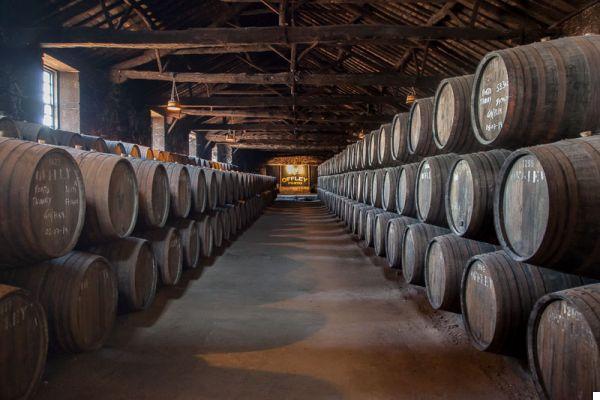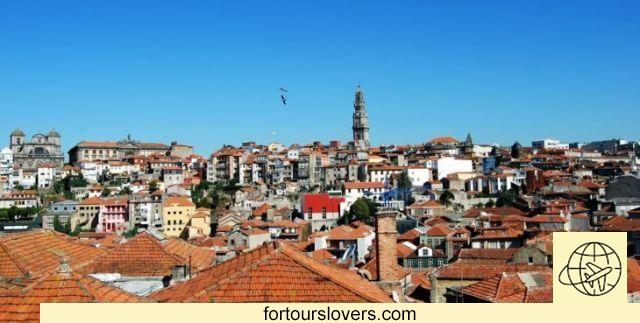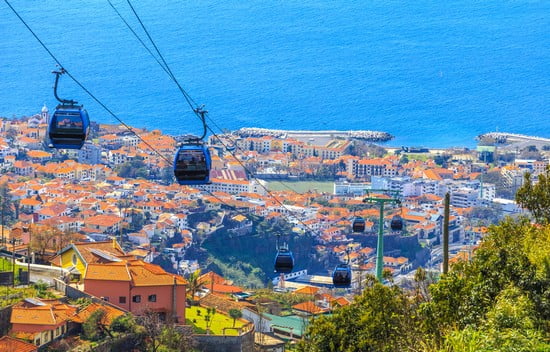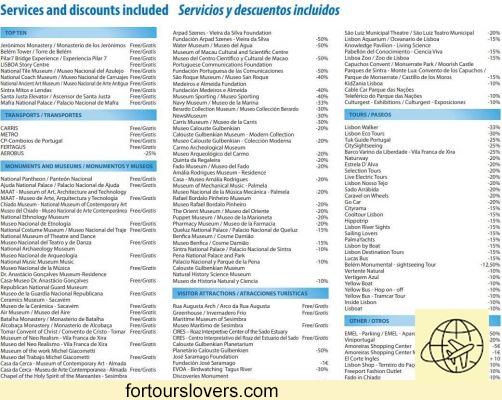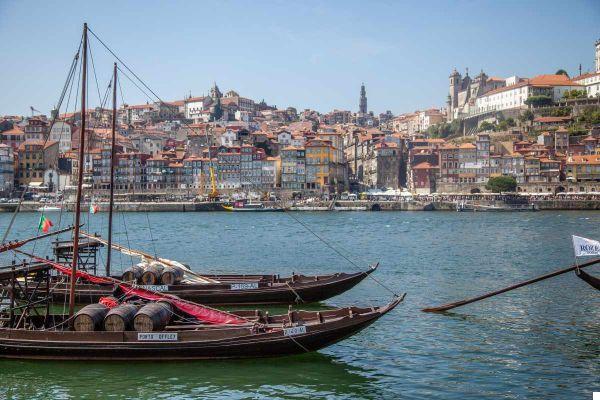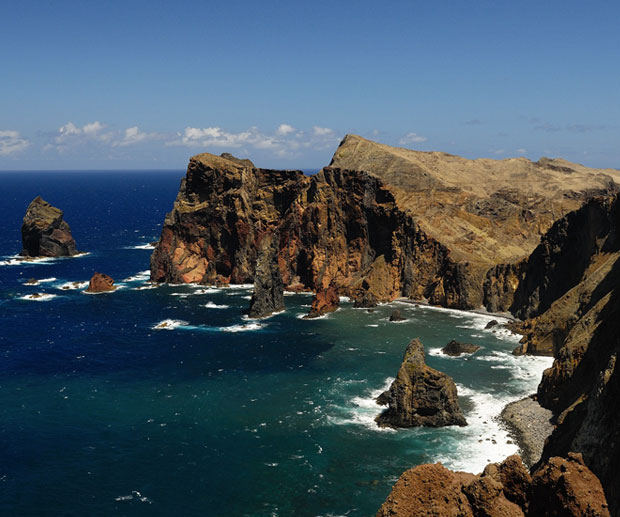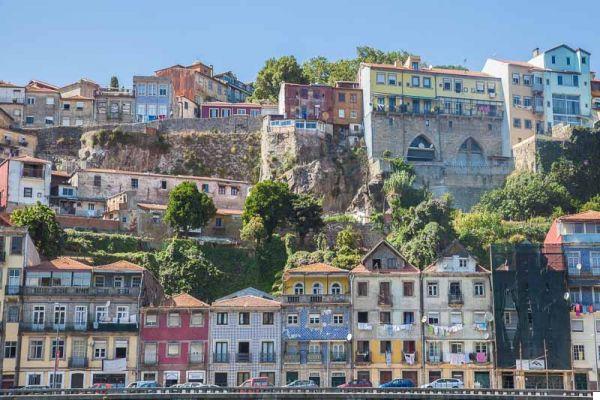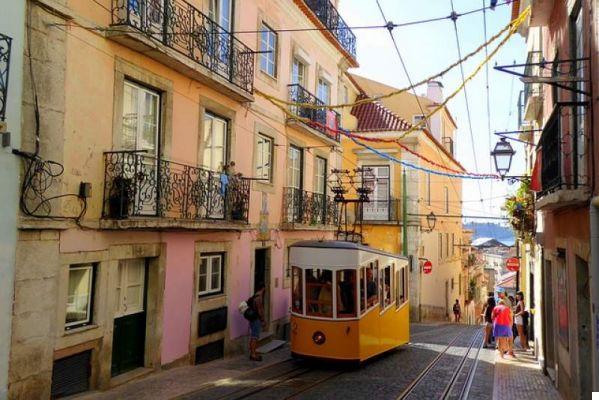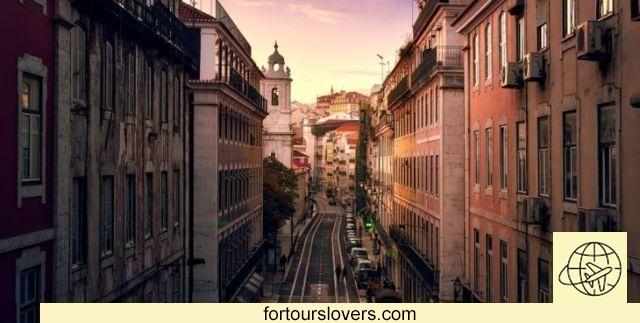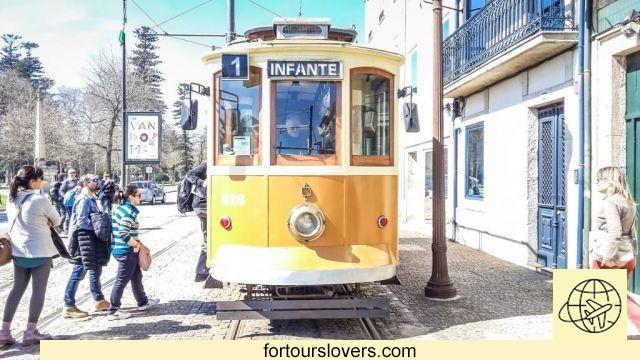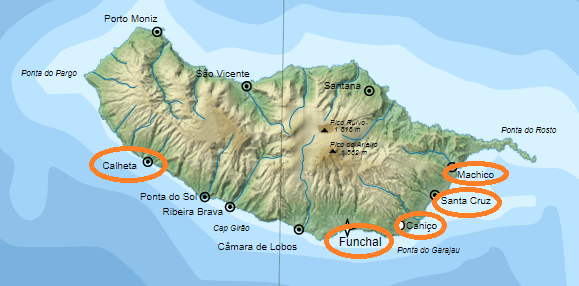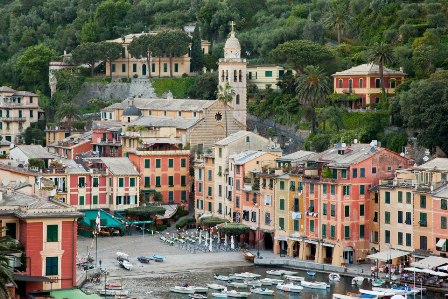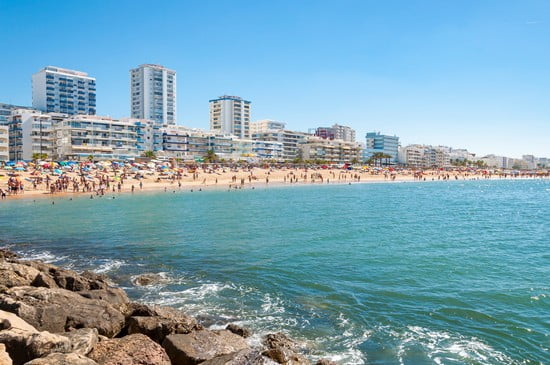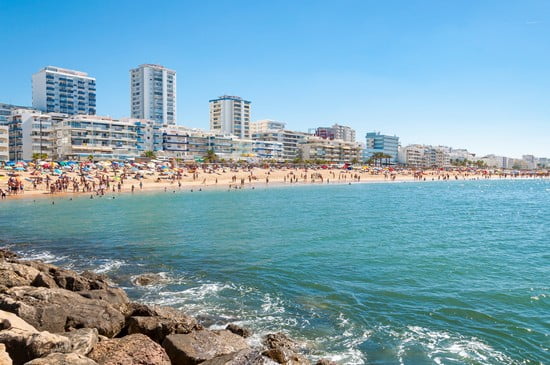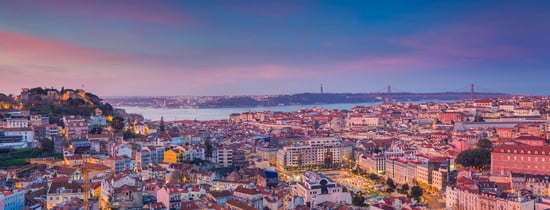I have always felt that Portugal by car is one of the most beautiful car trips in all of Europe, if not the most beautiful of all. So when Marco proposed me to tell me about his trip, I couldn't resist the temptation to say yes. And from there was born one of those beautiful posts full of useful information and tips on what to see, of those that, needless to say, I love so much.
Get ready to travel from Lisbon to the south of Portugal On the road with us!
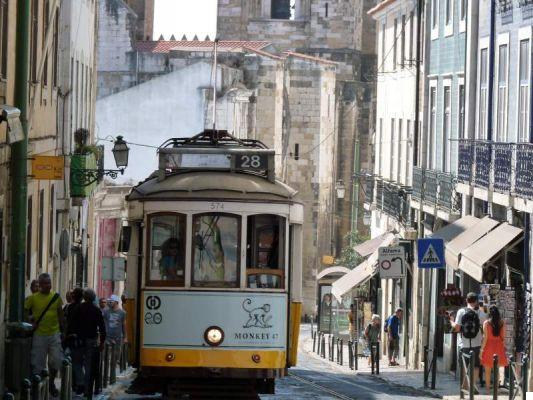
The infamous streetcar 28, one of Lisbon's attractions.
"The journey never ends. Only the travelers end. And they too can be prolonged in memory, in appeal, in narration ".
With these words the famous Portuguese writer Josè Saramago introduced one of the most famous phases of his work "Journey to Portugal". And we can say with certainty that he was right.
- When to go and why
- Travel Itinerary
- From Lisbon to Setúbal
- Vila Nova de Milfontes
- From Vila Nova de Milfontes to Santa Luzia
- Beja and Évora
- From Évora to Sintra
- Sintra to Lisbon
- Portugal On the Road: travel conclusions
Portugal by car: when to go and why
Portugal is a splendid country, just a few hours flight away, capable of captivating even the most intelligent traveler. The following is the report of a trip. on the road: fifteen days on the Portuguese roads, discovering Lisbon and the south of the country.
We traveled in September, an excellent period because it is still sunny and warm, but free of the mass tourism that flocks to the Portuguese coasts in August. The roads are in excellent condition and with little traffic, allowing you to enjoy the trip in absolute relaxation. The beaches of the Algarve are still frequented, but almost exclusively by Portuguese and only in the afternoon hours.
Finding accommodation is very easy both relying on private apartments and real hotels. Finally I would like to point out the accuracy and efficiency of the national airline(TAP Airlines) that allows you to make all the formalities through the web, consequently reducing the time spent at the airport.
Last detail, of no small importance: my wife was in the fifth month of pregnancy. Just to say how smooth and easy independent touring is in this part of Portugal.
Renting a car in Portugal is the best way to explore the country and one of the cheapest.
Having your own car gives you the flexibility to travel at your own pace and see places that are not possible with group travel or public transportation.
Visit RentalCars.com at this link to compare rental car prices and find the best deal.
Travel Itinerary
The itinerary followed was as follows:
Lisbona - Setúbal - Vila Nova de Milfontes (Alentejo) - Santa Luzia (Algarve) - Évora - Sintra - Lisbona.
As soon as we landed, we immediately go to the room where the car rental offices are located. All major Portuguese and international companies are present, so finding a car is not a problem.
But keep in mind one very important aspect. If you plan to go to the Algarve, know that you will have to take the A22, a toll highway completely free of toll booths. Payment is made by sensors, similar to our telepass, located near the most important exits.
So when you rent a car, remember to ask for one with the electronic payment device built in. Otherwise, to avoid high fines, you will have to go to a post office with the car registration and register the license plate, so that the car rental can charge the cost to your credit card. The registration must be done at the post office within 48 hours after the first transit.
From Lisbon to Setúbal
We rented the car, headed for Setúbal.
Setúbal is not a particularly attractive town, but it is a convenient stop for those arriving in Lisbon late in the afternoon and heading south. We spent the night in Palmela, a small town a few kilometers away, very convenient because it is so close to the A2 highway leading to the Algarve.
Vila Nova de Milfontes
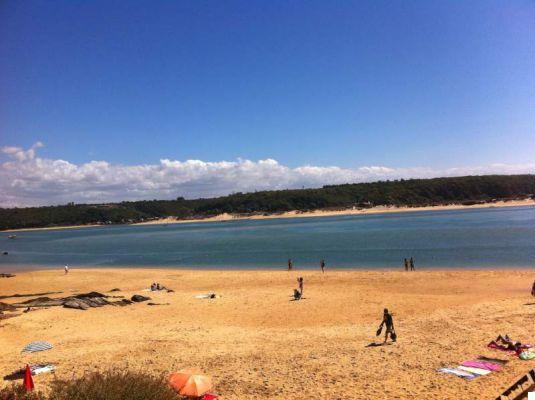
The next day we traveled about one hundred and sixty kilometers to reach Vila Nova de Milfontes, a small village that rises near the Southwest Natural Park.
Villa Nova is the perfect place for those seeking tranquility: small, little frequented and away from the tourist circuits. We spent the night in a private accommodation found on AirBnB, highly recommended for cleanliness, friendliness of the owners and proximity to the Franchise Beach. To get there, follow the signs to the Dunamar Apartments.
For lunch or dinner I recommend the excellent restaurant Conversations with Salt (excellent food, friendly staff and free wifi), while for breakfast you are "forced" to go to Mabi, in Largo de Santa Maria 25 (city center): you can eat both sweet and savory, but you can not avoid the fantastic cream cake.
From Vila Nova de Milfontes to Santa Luzia
A two-hour drive takes you to Santa Luzia, in the Algarve. Here again it is an option that seeks tranquility, because Santa Luzia is a small, unpretentious village quite far from Faro, the tourist capital of the region.
Here we also stayed in private homes, in a huge, quiet and clean apartment with a free shared pool. The apartment was not close to the beach, so it was necessary to move the car.
A tip: if you go to the Algarve don't miss this beautiful boat ride through the caves and along the coast!
Nearby you can visit the pretty town of Tavira, the Island of Tavira with its white and quiet beaches (accessible thanks to a not exactly cheap train), the ancient and tiny village of Cacela Velha, the beach of Manta Rota and finally, with a longer excursion, Almancil, where you can admire the charming Church of San Lorenzo, fully decorated with tiles.
Beja and Évora
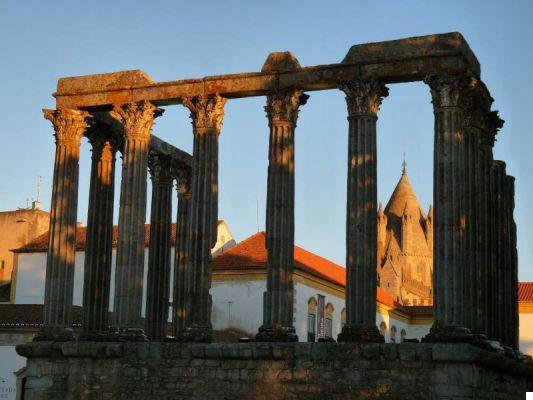
The Roman temple of Évora
To return north the most convenient way is to travel west on the A22 and then take the IP2 towards Évora. On the way you can stop in Beja, a city of Roman origin, with a pleasant historic center and a beautiful castle that stands on the highest part of the town.
From Beja it is easy to reach the beautiful Évora with an hour's drive. World Heritage Site, the city center is an intricate tunnel of small alleys full of suggestive corners in which to get lost. Among the monuments, the Cathedral, the Roman Temple and the ancient medieval walls that still surround the city completely, but the palm of originality undoubtedly wins the Chapel of bones, original church in which the walls and columns are "decorated" with human bones and skulls.
As for accommodation, this time we have opted for the Hotel Rural Quinta dos Bastos located a couple of kilometers from the city, is very quiet and clean, with very spacious rooms, a fantastic pool to cool off and ample parking. The cost is absolutely acceptable (49 euros for a double including breakfast). The only flaw, if we can call it that, is a somewhat "light" breakfast.
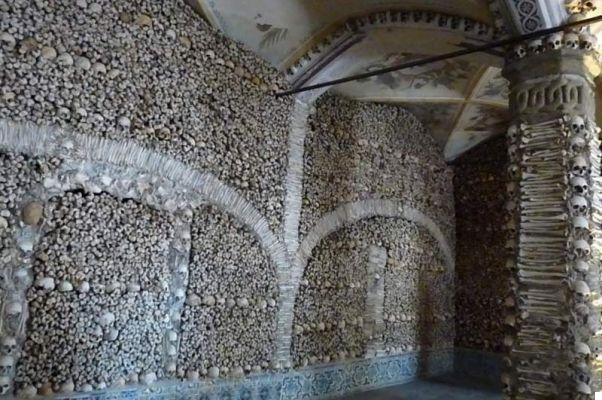
The Capela dos Ossos... I find it a bit disturbing ahhhhhh.
In the evening, you can stroll through the narrow streets of the city and stop to eat at one of the excellent restaurants in the center. Be careful because there are many touristy places, easily recognizable by the presence of the "buttadentro", guys wandering around with menu in hand looking for hungry strangers. We carefully avoided them and landed at Momentos, a small homemade restaurant on Rua Cinco de Outubro: good food, though not abundant, and spectacular wine.
From Évora to Sintra
Following the spine formed by the A6 / A2 / A16 highways, in less than a couple of hours you can cover the one hundred and fifty kilometers that separate Évora from Sintra.
For lovers of secluded and original places, Sintra is not exactly the best. The town is very popular and tourists abound even in September. However, the vestiges of the noble Lusitanian past can not be neglected, so it is good to arm yourself with holy patience and leave.
In the center of the city, a few minutes walk from the station, is the National Palace, medieval in style and full of suggestive decorated rooms. Visiting hours are from nine in the morning to seven in the evening; the entrance to the palace costs only ten euros, to which must be added another five if you want to visit the gardens. The area around the palace is full of souvenir stores and restaurants for tourists, so my advice is to visit the National Palace and then escape.
A shuttle leaves from the city center and takes you to the Moorish Castle, a structure of early medieval origin, renovated in the 19th century. The castle is surrounded by a dense forest and from its top it is possible to sweep over the entire surrounding plain.
Finally, the main reason to come to Sintra: the Pena Palace. It is an eccentric construction of the 19th century in which the architects allowed themselves to use all possible architectural styles: Gothic, Manueline (typically Portuguese), Moorish and Baroque. The Pena Palace was the residence of the Portuguese royal family until 1910; it then became the property of the State, which exploited it as a tourist attraction and since 1995 it has been proclaimed a World Heritage Site by UNESCO.
The entrance fee is quite high, but the bright colors and extravagant stone constructions outside and the luxurious rooms inside are worth a visit. Of course, at some points you get the impression of being in Disneyworld... Visiting hours are from 9 am to 8 pm.
If you have a car, after Sintra you can enjoy a relaxing afternoon at the beautiful Praia das Maçãs, less than an hour away. The beach is ideal for swimming, but the sea is very rough and the seabed is rocky. Along the beach there are many small restaurants, where you can eat excellent fresh fish and seafood.
For the night we relied again on AirBnB and rented a small but charming apartment in the heart of Sintra: Rest Point Conde I. The apartment is very nice, clean and terribly quiet, the owner Marta is very friendly and always ready to help you and (which should not be taken for granted) leaves food for breakfast and even a bottle of wine at your disposal.
The only negative aspect is the almost total lack of free parking nearby; there would actually be one, but it is always full. In any case, keep in mind that paid parking costs only fifty cents an hour and runs from seven in the morning until seven in the evening.
As for restaurants, in the vicinity of the apartment you can find the fantastic Insólito de Luis Santos (Rua Dr. Alfredo Costa). Externally it may look a bit pretentious, but the value for money is absolutely excellent. The main dish is the Lombinho de porco with polenta and spinach: wonderful!
For breakfasts, however, the must is Anhelo (Avenida Dr. Miguel Bombarda, 6) a stone's throw from the station.
For those without a car, Sintra is easily connected to Lisbon by inexpensive and efficient train and can make a day trip.
From Sintra to Lisbon
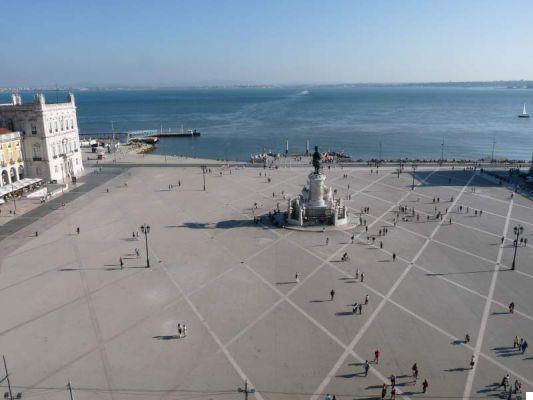
The famous and splendid Praça do Comercio in Lisbon.
The last leg of the trip is, of course, Lisbon. We left the car at the airport and arrived in the city thanks to the AeroBus shuttle (ticket €3.50, can be done directly at the stop). Thanks to Booking.com we accepted an offer for the Hotel Turim (Avenida da Liberdade, 247). The hotel is part of a chain and therefore maintains very high standards of cleanliness and efficiency. The neighborhood is Saldanha, but the city center is easily accessible by metro, whose station is just a few steps away. It is an area full of offices so the surrounding area is full of places to have breakfast, unless you want to take advantage of the very expensive hotel (ten euros per person).
What to see in Lisbon are countless: the Miradouro de Santa Luzia, the Praça do Comércio with the museum Memories of the city, the Alfama, the old town where you can visit the Cathedral, the Castello di San Jorge, the Church of San Vicente de Fora.
As for the Alfama, the best thing to do is to get lost in the narrow streets and stop for a shot of ginjinha in one of the many stores that dot the neighborhood. For the record, ginjinha or ginja is a sour cherry liqueur, so it all depends on your resistance to alcohol. In some places the glass is made of bitter chocolate ...
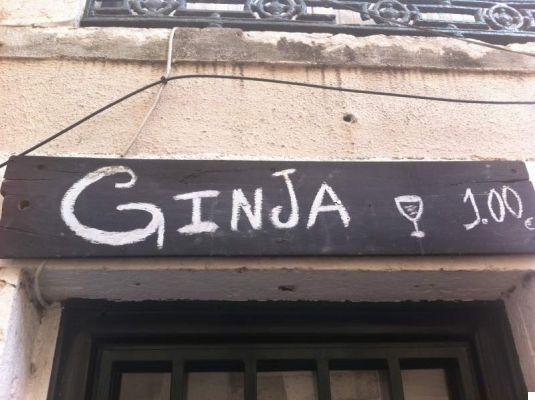
Ginja !!!
About ten kilometers from the center is the city of Belem whose strengths are the Jerónimos Monastery and the famous Tower.
On the other hand, I do not recommend the trip on the famous streetcar 28: very long queues especially in the morning and generally leaves nothing of the city tour.
Food is not a problem as there are many good restaurants in the city. Among these, I would like to point out an absolutely excellent trattoria in Alfama: Chrisafama, at Rua da Cruz de Santa Apolónia, 58. The cuisine is extremely simple, but the restaurant is charming and the owner very attentive. Unfortunately, there are very few seats, so reservations are necessary at +351 21 814.
A great place for lunch is Chapitô at the table, next to the Castle, at Costa do Castelo, 7. If you can, take a table on the terrace, which offers a wonderful view of Lisbon.
Finally, it is worth a visit to Café Brasileiro (Rua Garret 120), a place borrowed from Tabucchi for the setting of his "Sosenga Pereira".
Finally, for those interested in buying Portuguese wines, I recommend a tour from Napoleao, a well-stocked wine store with two outlets, one in Alfama and one in Bairro Alto.
Portugal On The Road: conclusions
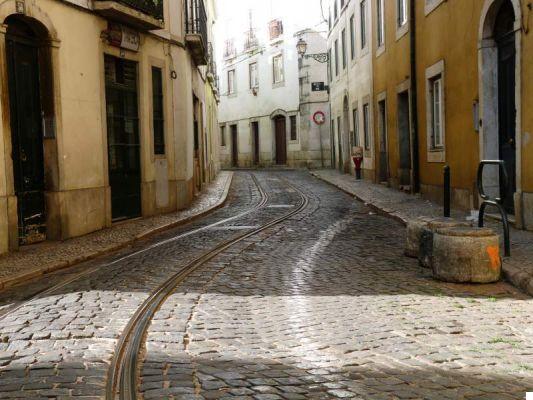
Lisbon to Lisbon's credit
I personally enjoyed my trip to Portogallo on the road. However, in retrospect, when I return, I will organize the tour differently, eliminating the Algarve altogether (insignificant with the sole exception of Almancil), perhaps adding an extra sea day to Vila Nova de Milfontes and taking the saving days. yourself when visiting more interesting places.
"But why go back to places you've already been?" you will ask.
The answer lies in the conclusion of Saramago's thought quoted at the beginning of the publication:
"In reality, a journey never ends. You have never seen everything. It is necessary to leave immediately to see what you have not yet seen, but also to see again what you have already seen, to see in winter what you have seen in summer, to see at night what you have seen during the day, to look in the rain what you saw with the sun, look at the stone that changed its place, the tree that grew, the shadow that was not there. We must retrace the steps already taken and trace new paths along them.




